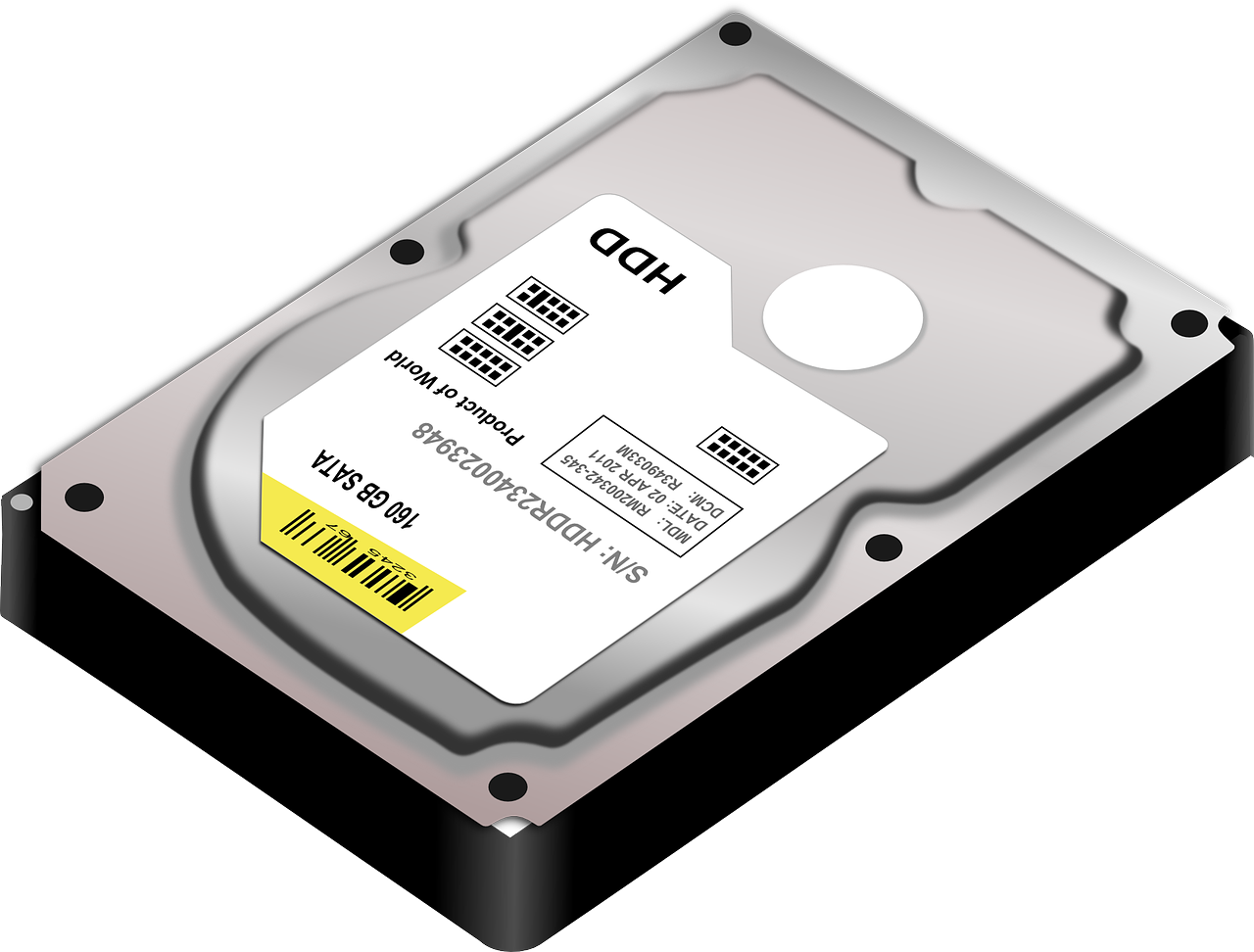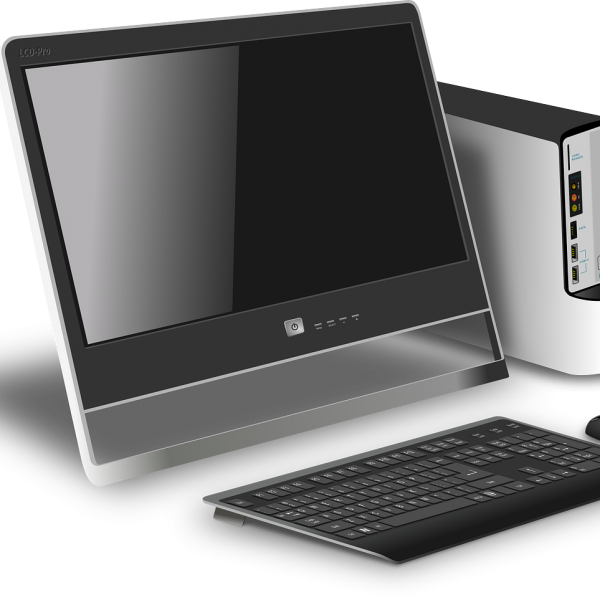The COVID-19 pandemic triggered massive disruptions in energy use as lockdowns led to deserted office buildings while remote work and school surged electricity demand at home. Smart home technology helped manage these unpredictable shifts by balancing residential energy needs with grid stability.
Now as societies reopen but remote activities persist, smart homes provide the ideal solutions to match energy supply and demand in real-time. Their intelligent efficiency and flexible energy management capabilities are powering the evolution to a more dynamic, resilient grid.
Let’s explore how smart home innovations like rooftop solar, batteries, intelligent thermostats, electric vehicle chargers and appliance controls are driving the post-pandemic energy transition. Their aggregated potential positions homes as virtual power plants that mitigate grid strain. Utilities and homeowners embracing smart home technology can lead the charge toward a smarter, decentralized grid for the 21st century.
Managing the Pandemic Power Rollercoaster
COVID-19 unleashed unprecedented turbulence in energy consumption as social and business activities abruptly shifted from centralized to home-based. Grid operators confronted a wild seesaw between overloaded residential grids and plummeting commercial demand almost overnight.
Smart home devices helped balance the extremes by reducing home peak loads while maximizing self-generated solar power. Intelligent thermostats like Alphabet’s Nest adjusted cooling based on occupancy patterns and weather data. Batteries supplied overnight power once sunlight diminished.
Utilities utilized incentives so smart chargers only drew EV power during off-peak times. The collective impact avoided dangerous residential peaks that could crash local distribution grids.
“The pandemic provided a rapid scaled experiment revealing how networked smart homes can stabilize the grid during major demand swings,” says Ronny Mo, Head of Energy Solutions at Google.
This proven value of smart homes to dynamically manage usage is now pivotal as the world transitions to a new normal with hybrid remote and in-person activities. Intelligently balancing residential and commercial power flows remains imperative.
The Solutions Under One Roof
While each smart home device offers specific benefits, their full potential comes from orchestrating energy use across them in unison. This is where artificial intelligence and the Internet of Things (IoT) enter the picture.
IoT sensors throughout smart homes feed appliance performance, user behavioral and weather data into cloud AI platforms. In turn, machine learning algorithms optimize energy levels based on priorities set by homeowners while staying responsive to grid conditions.
For instance, a sudden cold snap may trigger high electricity demand. But cloud AI can preheat connected homes and shift discretionary loads to off-peak times using historical data. This prevents outages from residential demand spikes.
Agile coordination also makes it easier to integrate intermittent renewable power into the grid. Solar forecasts help cloud AI predict available sunlight to align rooftop system output with other home devices. Any excess solar can be stored in batteries or EVs to dispatch later when renewable generation declines.
Utilities are taking notice of how turnkey smart home platforms create virtual power plants encompassing thousands of homes. Some offer discounted connected devices and superior rate plans to incentivize enrollment in residential energy management programs.
The Grid of the Future is Distributed and Dynamic
Standard power generation and transmission models rely on centralized fossil fuel plants to push electricity one-way to passive consumers. But smart homes enable a decentralized grid where flexible users dynamically interact with the grid to share resources.
Homeowners become proactive “prosumers” who both consume and produce power depending on conditions. Meanwhile utilities operate smarter local microgrids rather than unwieldy centralized grids.
For example, a neighborhood microgrid could pool household solar, batteries, EVs and generators to disconnect from the main grid during outages and sustain itself independently. Exchanging energy peer-to-peer between homes opens new possibilities as well.
Grid architects are also increasingly focused on managing demand rather than expanding supply. The cleanest, cheapest energy is wasted energy. Federal initiatives like the Grid Modernization Lab Consortium back innovations in smart buildings to curb usage during peak periods when power costs surge.
As renewables expand, maximizing their intermittent potential requires a nimble grid using smart homes as a cornerstone. Home energy hubs can help smooth out renewables’ variability when clouds block sun or winds die down.
While still early, smart homes form the backbone needed for the decentralized, decarbonized grid essential to reach sustainability targets. Their responsiveness unlocks greater efficiency and reliability than fossil fuel plants can provide.
Mainstreaming the Smart Home Revolution
Of course, these sweeping modern grid visions rely on smart home technology permeating widely enough to make an impact. Though adoption is accelerating, connected devices remain out of reach for many households.
But project manager Daria Nepriakhina sees recent trends in consumer interest, energy policies and utility incentives aligning to tip smart homes into the mainstream within a decade.
She highlights how fear of climate change is compelling homeowners to monitor energy use more closely for conservation. Evolving building codes and rebates for electrifying homes are removing adoption barriers further.
Nepriakhina also notes innovations like Google’s new Nest Renew aimed at simplifying home energy management through AI and automation. By integrating renewables seamlessly into daily routines, products like this make energy optimization accessible to general consumers.
As costs decrease, user experience improves and grid incentives expand, smart home technology adoption should build momentum. Given the clear value proposition the pandemic illuminated, our homes appear well on their way to powering the emerging energy paradigm.
The Road Ahead
While challenges remain, from cybersecurity risks to data privacy concerns, the path toward decentralized, clean energy supported by smart homes seems inevitable.
Expect the convergence of intelligent homes and IoT to accelerate as urbanization raises energy demands and climate consequences escalate. Smart communities with networked homes, offices, vehicles and public spaces optimized in unison will become tomorrow’s energy imperative.
Powering the planet more sustainably starts with empowering homes to manage their own energy footprint dynamically. The humble home stands poised to transform into the engine driving the next-generation grid. Unlocking its full potential means embracing technology that can amplify the home’s capabilities.
Through innovation, the dwellings we retreat to for shelter can now provide solutions that nourish the collective future. The pandemic offered a glimpse of this possibility as our castles became drivers of energy resilience. With smart homes as the cornerstone, the possibilities ahead for our grids appear limitless. The power lies within reach.




